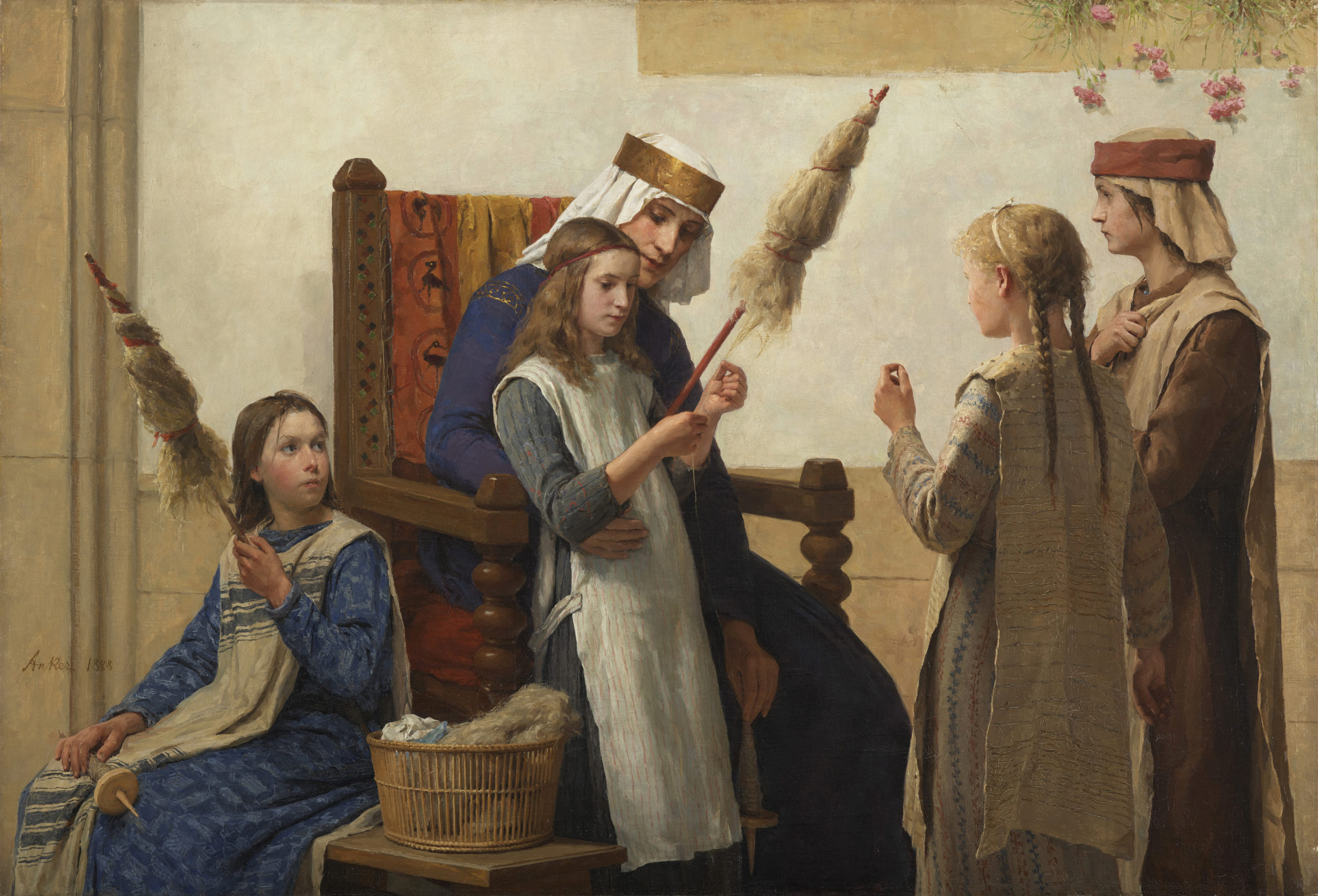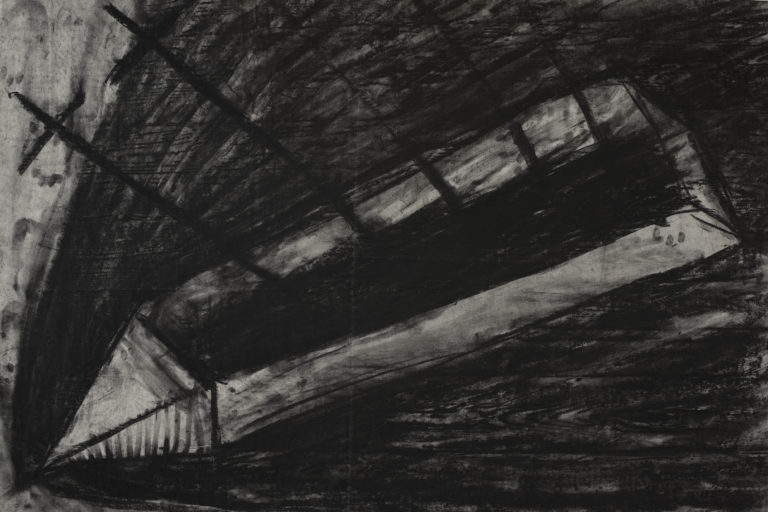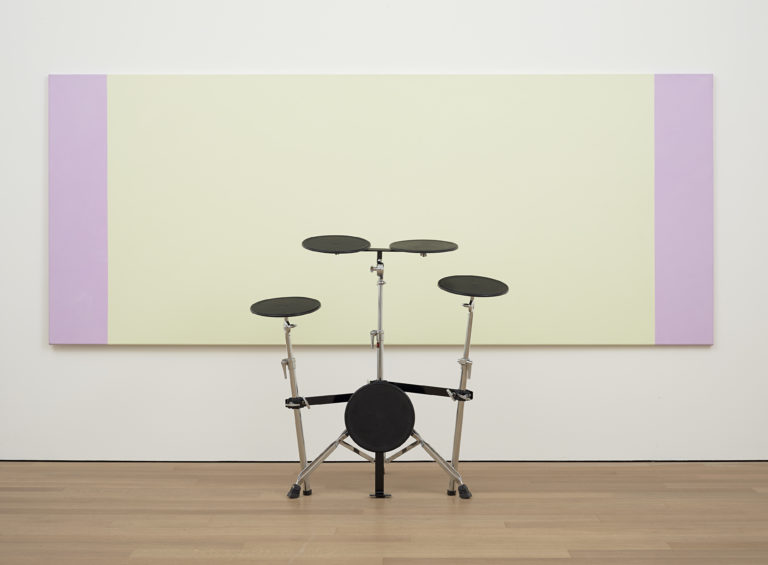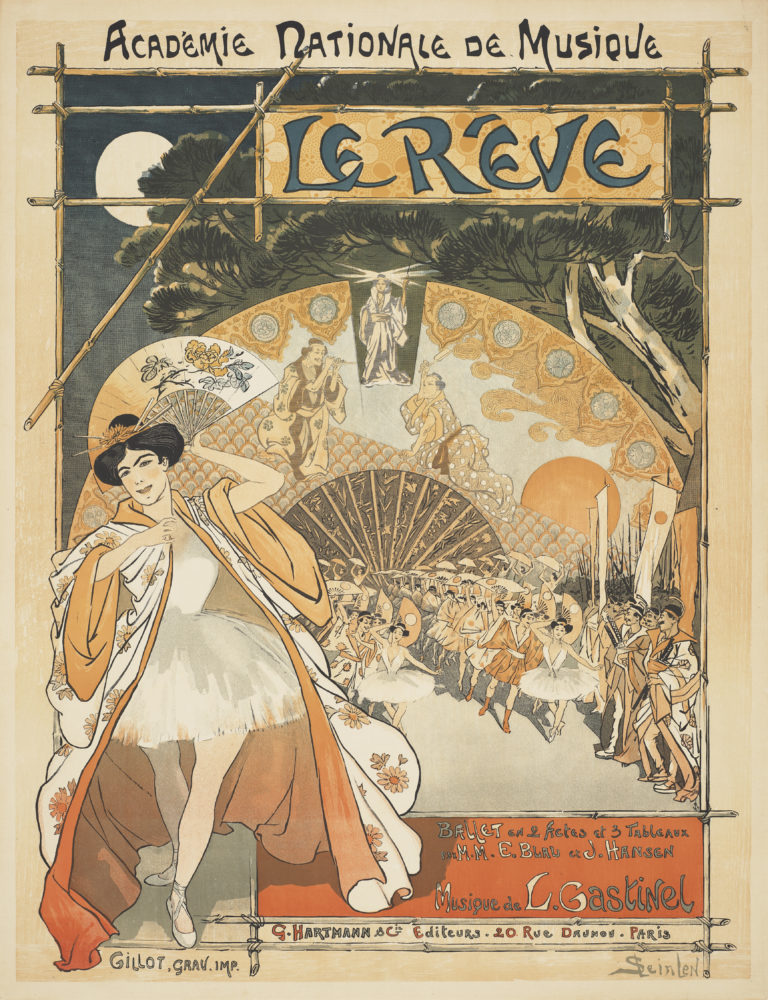Exposé actuellement
The CollectionBibliography
Therese Bhattacharya-Stettler, Matthias Frehner and Isabelle Messerli, Albert Anker. Schöne Welt. Zum 100. Todestag, exh. cat. Berne, Kunstmuseum, Stämpfli Verlag AG, 2010: n° 73.
Isabelle Messerli, « Königin Bertha und die Spinnerinnen von Albert Anker »,Kunst + Architektur in der Schweiz, Heft 4, 2006: p. 58-61.
Sandor Kuthy and Therese Bhattacharya-Stettler, Albert Anker (1831-1910). Catalogue raisonné des peintures et des études à l’huile, Berne, Kunstmuseum, Bâle, Wiese Verlag, 1995: n° 387.




A woman is busy teaching four girls hand-spinning. The activity lets Albert Anker form a diagonal across the centre of the composition, from the basket full of carded wool to the tip of the spinning distaff. The five young women form a frieze of three-quarter-length figures against the backdrop of a white plastered wall and ochre stone pilaster, footing and window frame. A few pink carnations hang from the window. The group seems static, frozen, as if in the blaze of a flashbulb. Their expressive attitudes underscore the demonstrative hand poses. The adult has her arms around one girl, guiding her spindle. Another girl is copying her friend, while a third has already mastered the art of winding the thread. To the right, outside the triangle formed by the teacher and her three pupils absorbed by their task, is a slightly older girl with a more indifferent expression, her pose shutting her off from the others.
The painting is a hymn to Johann Heinrich Pestalozzi’s theory of natural learning, in which experience is passed down from generation to generation, respecting the child’s individual personality. It is just one of many of Anker’s portrayals of women spinning, embroidering, and knitting. Though its ambitious format may suggest otherwise, it is not a known scene from the life of the tenth-century Queen Bertha of Burgundy. Rather, it is a genre scene inspired by her popularity as a historical figure in French-speaking Switzerland, encapsulated in the nostalgic expression “in the days when Queen Bertha span”.
The painting was a paean to anti-modernist values and its glorification of traditional crafts at a time when the Industrial Revolution was taking spinning from the distaff to the spinning jenny, destroying cottage industry and alienating the workers forced into factories. It clearly struck a chord with the wider public, who contributed to a subscription fund to acquire it for the museum.